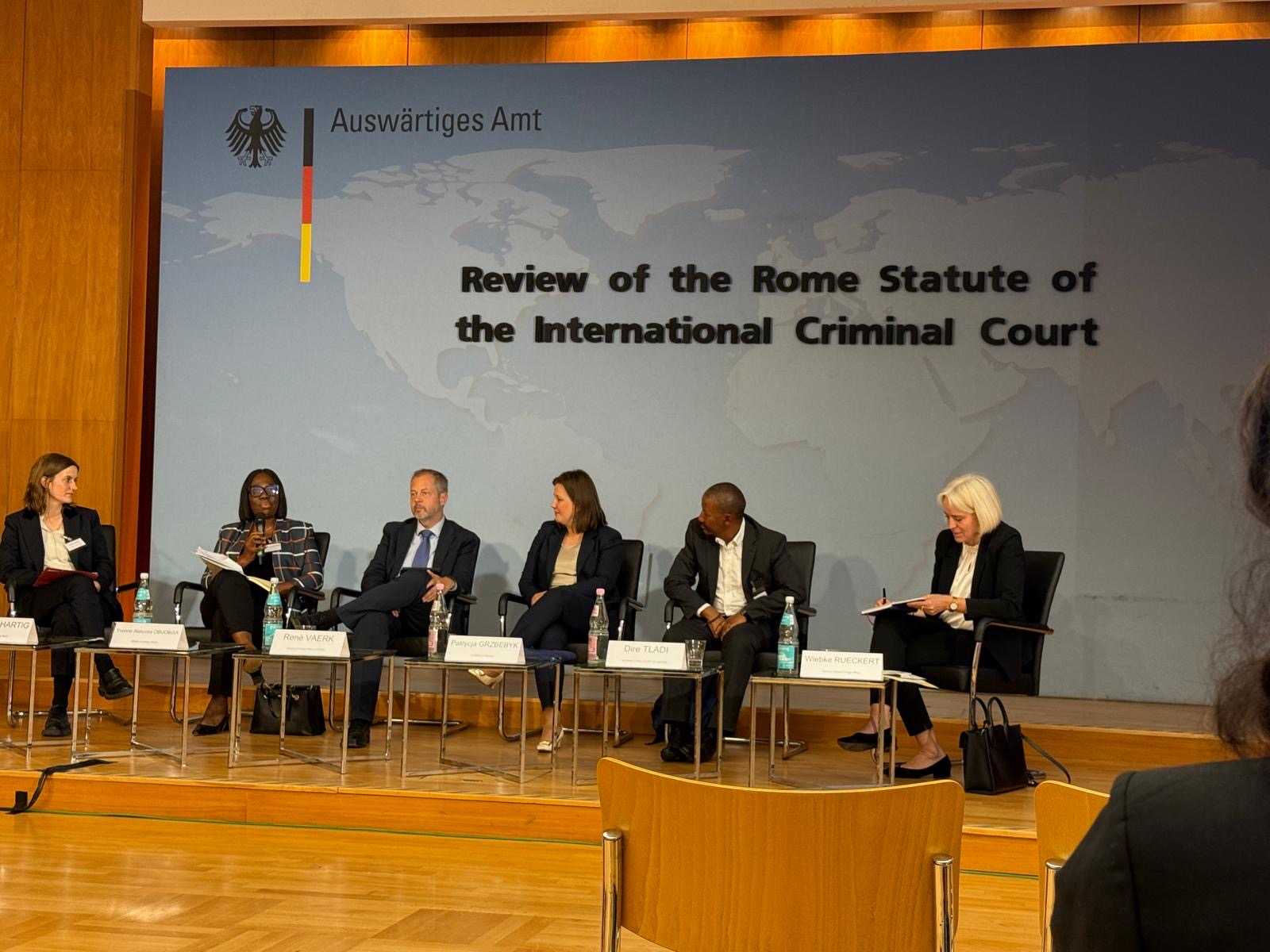
Chief State’s Attorney Announces Strategic Plan for Criminal Justice System

Chief State’s Attorney Patrick Griffin unveiled a new strategic plan aimed at increasing accountability and fairness in Connecticut’s criminal justice system. The plan, titled “Moving Justice Forward,” emphasizes the importance of Sustainable Development Goals (SDGs) and encourages the expanded use of diversion programs to keep offenders out of the system entirely.
Blueprint for Moving Justice Forward
The Division of Criminal Justice has developed a blueprint for Moving Justice Forward, which outlines ten goals to improve the criminal justice system. These goals include:
- Utilizing and developing rehabilitation programs as alternatives to prosecution
- Implementing recruitment efforts with new diversity goals
- Improving data collection and transparent reporting
- Enhancing prosecutor training
- Replacing outdated computer equipment
The blueprint aims to instill public confidence in the criminal justice system, particularly within the Division of Criminal Justice. Chief State’s Attorney Griffin emphasized the importance of justice in society, stating that it is as vital as air or oxygen.
Connecticut Prosecution Standards
In addition to the blueprint, Connecticut prosecutors have established a set of Prosecution Standards to ensure uniformity in processes and case outcomes across the state’s 13 prosecutorial districts. These standards have been designed to eliminate disparities in charging and sentencing practices and serve as a procedural guide for prosecutors.
The new standards also grant prosecutors more discretion in deciding whether or not to press charges, reducing the influence of police arrests and court filings on charging decisions. This flexibility is particularly valuable as the Division of Criminal Justice has recently experienced a wave of retirements among senior lawyers, resulting in a younger group of prosecutors.
Chief State’s Attorney Griffin highlighted the importance of the standards in providing guidance to the division’s prosecutors and addressing the evolving needs of the criminal justice system.
Funding and Stakeholder Involvement
The development of the blueprint was a four-year process, largely funded by a $500,000 charitable grant from the Herbert & Nell Singer Foundation. However, additional charitable contributions and increased funding from the legislature will be necessary to fully achieve all ten goals outlined in the blueprint.
The proposals in the strategic plan were formulated through extensive collaboration among stakeholders in the state’s criminal justice system. Participants included prosecutors, judges, police officers, defense attorneys, victims’ rights advocates, and even a convict. They conducted studies and examinations of various state’s attorney’s offices, such as those in Hartford, New Britain, and New London. The topics explored ranged from case initiation and charging to plea-bargaining, sentencing, bail, prosecutor caseloads, training and development, and communication with law enforcement and the community.
Theron Pride, a managing director of the Center for Justice Innovation and one of the participants, emphasized that transformation requires reflection and urgency. He stated that the strategic plan represents a significant step towards Moving Justice Forward.
SDGs, Targets, and Indicators Analysis
1. Which SDGs are addressed or connected to the issues highlighted in the article?
- SDG 16: Peace, Justice, and Strong Institutions
The issues highlighted in the article are related to the criminal justice system, accountability, fairness, and rehabilitation programs. These topics align with SDG 16, which aims to promote peaceful and inclusive societies, provide access to justice for all, and build effective, accountable, and inclusive institutions at all levels.
2. What specific targets under those SDGs can be identified based on the article’s content?
- Target 16.3: Promote the rule of law at the national and international levels and ensure equal access to justice for all.
- Target 16.6: Develop effective, accountable, and transparent institutions at all levels.
- Target 16.7: Ensure responsive, inclusive, participatory, and representative decision-making at all levels.
The article mentions goals such as increasing accountability and fairness in the criminal justice system, ensuring uniformity of processes and case outcomes across prosecutorial districts, and enhancing data collection and transparent reporting. These align with the targets mentioned above.
3. Are there any indicators mentioned or implied in the article that can be used to measure progress towards the identified targets?
- Indicator 16.3.1: Proportion of victims of violence in the previous 12 months who reported their victimization to competent authorities or other officially recognized mechanisms.
- Indicator 16.6.1: Primary government expenditures as a proportion of original approved budget, by sector (or by budget codes or similar).
- Indicator 16.7.1: Proportions of positions in public institutions (national and local legislatures, public service, and judiciary) compared to national distributions, by sex, age, persons with disabilities, and population groups.
The article does not explicitly mention indicators. However, the identified targets can be measured using the indicators mentioned above. For example, the proportion of victims reporting their victimization can indicate progress towards equal access to justice (Target 16.3). The proportion of positions in public institutions compared to national distributions can measure progress towards inclusive and representative decision-making (Target 16.7).
SDGs, Targets, and Indicators Table
| SDGs | Targets | Indicators |
|---|---|---|
| SDG 16: Peace, Justice, and Strong Institutions | Target 16.3: Promote the rule of law at the national and international levels and ensure equal access to justice for all. | Indicator 16.3.1: Proportion of victims of violence in the previous 12 months who reported their victimization to competent authorities or other officially recognized mechanisms. |
| SDG 16: Peace, Justice, and Strong Institutions | Target 16.6: Develop effective, accountable, and transparent institutions at all levels. | Indicator 16.6.1: Primary government expenditures as a proportion of original approved budget, by sector (or by budget codes or similar). |
| Target 16.7: Ensure responsive, inclusive, participatory, and representative decision-making at all levels. | Indicator 16.7.1: Proportions of positions in public institutions (national and local legislatures, public service, and judiciary) compared to national distributions, by sex, age, persons with disabilities, and population groups. |
Behold! This splendid article springs forth from the wellspring of knowledge, shaped by a wondrous proprietary AI technology that delved into a vast ocean of data, illuminating the path towards the Sustainable Development Goals. Remember that all rights are reserved by SDG Investors LLC, empowering us to champion progress together.
Source: courant.com

Join us, as fellow seekers of change, on a transformative journey at https://sdgtalks.ai/welcome, where you can become a member and actively contribute to shaping a brighter future.






